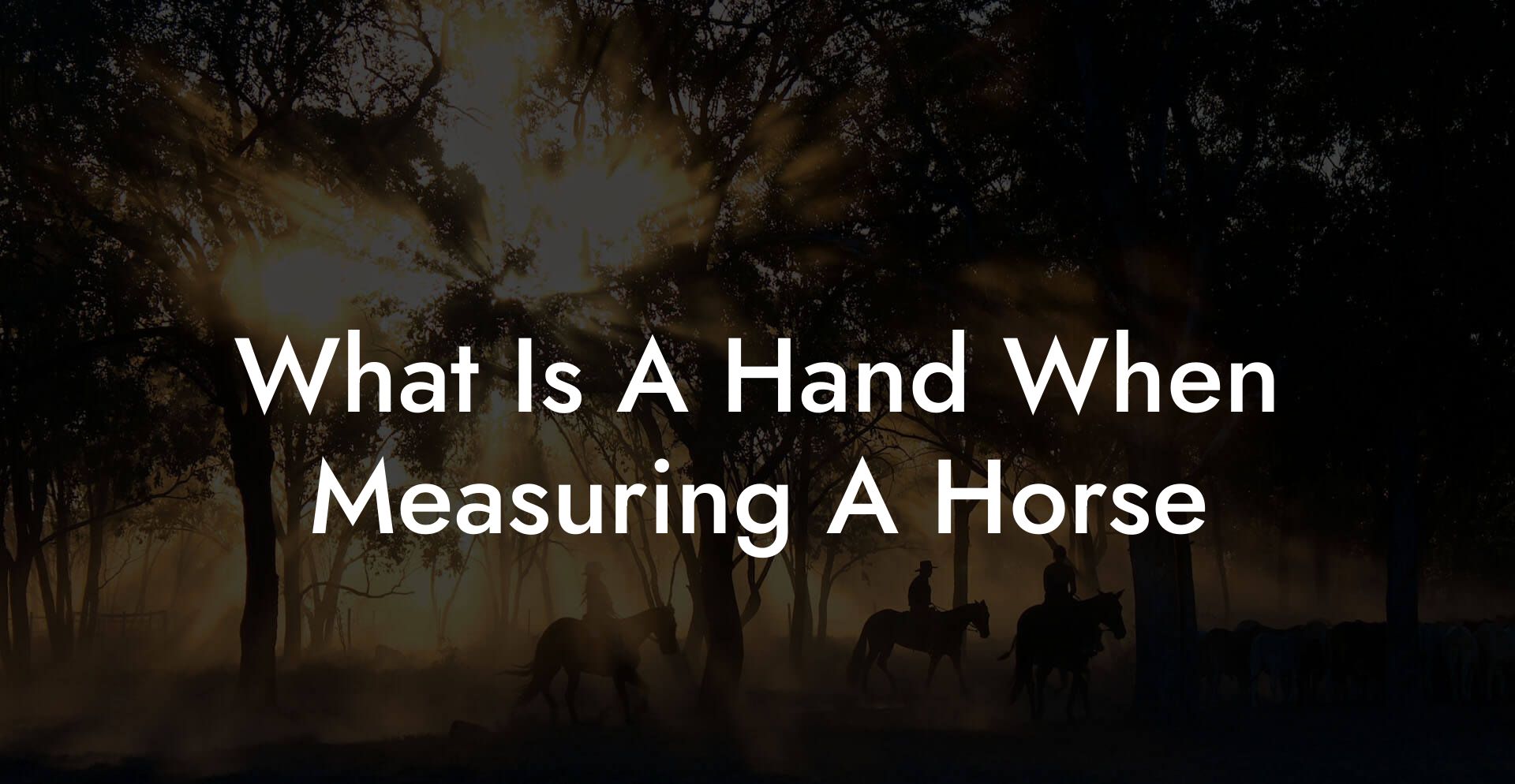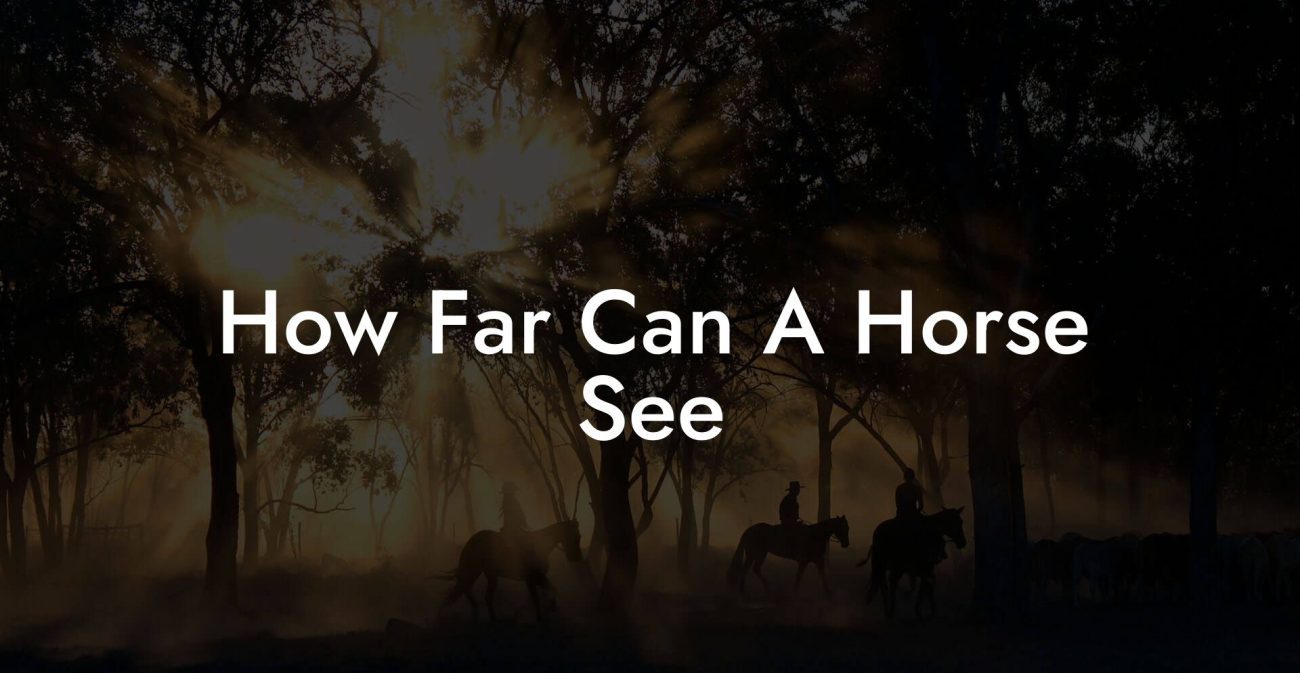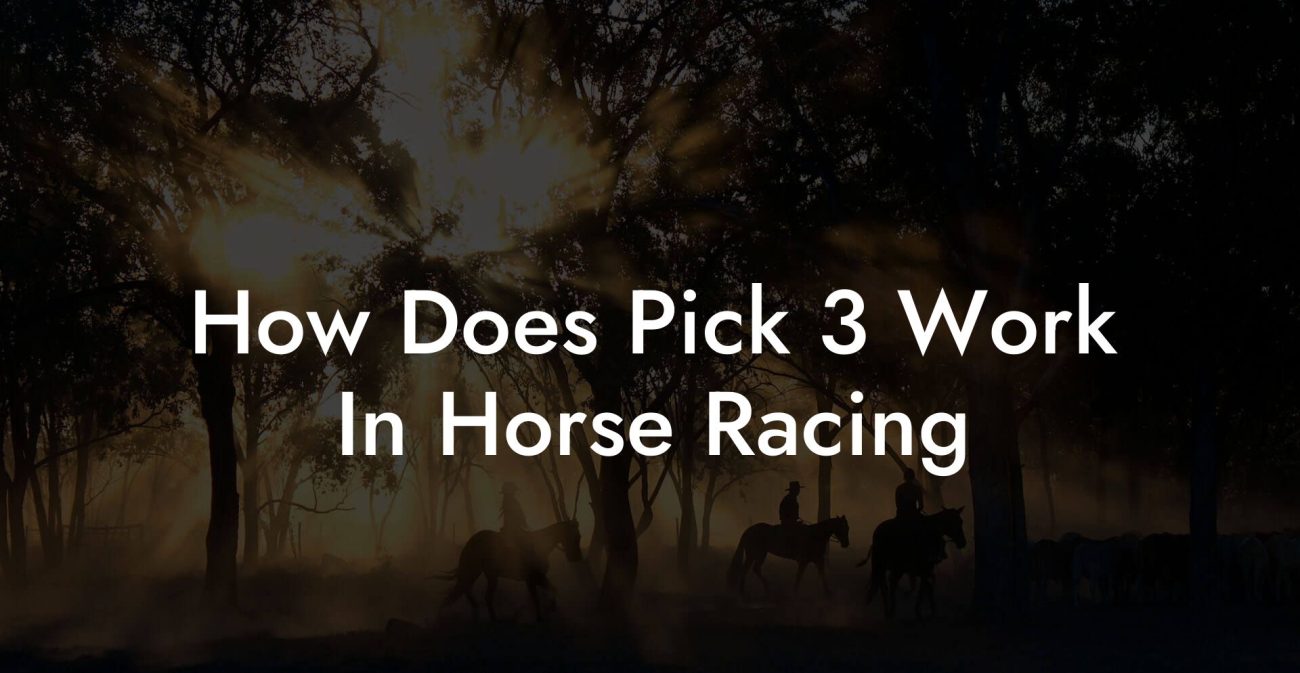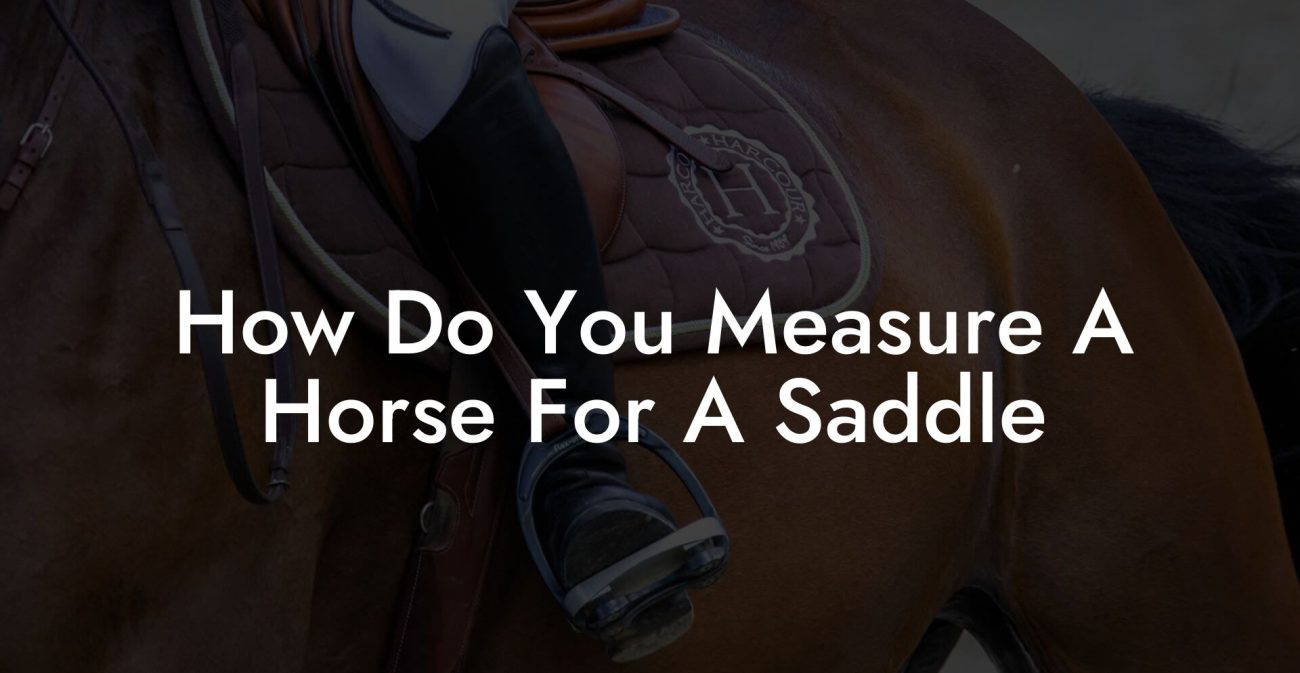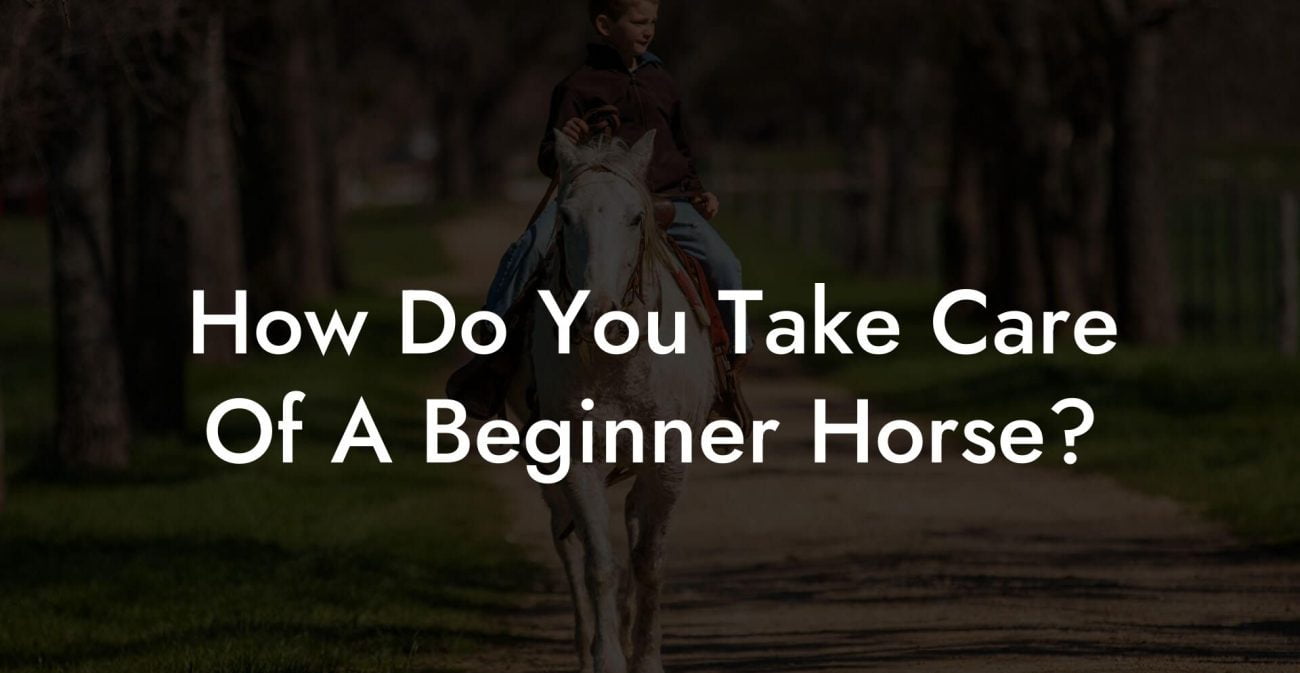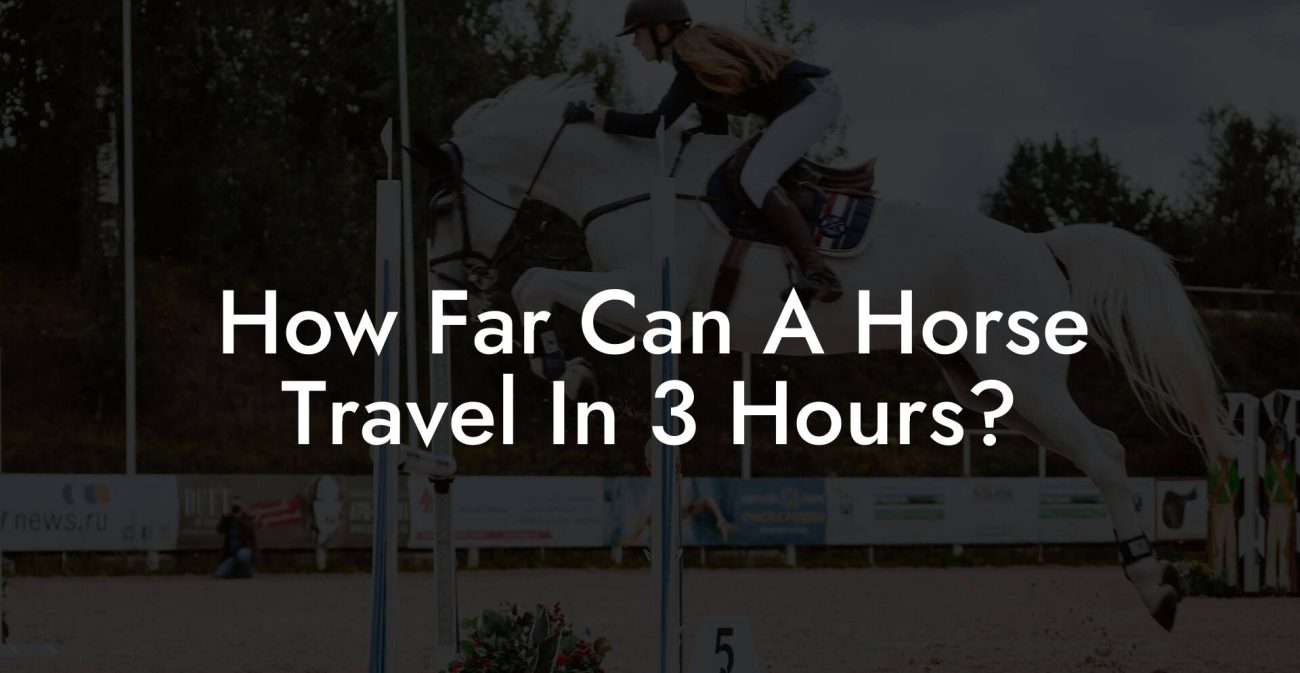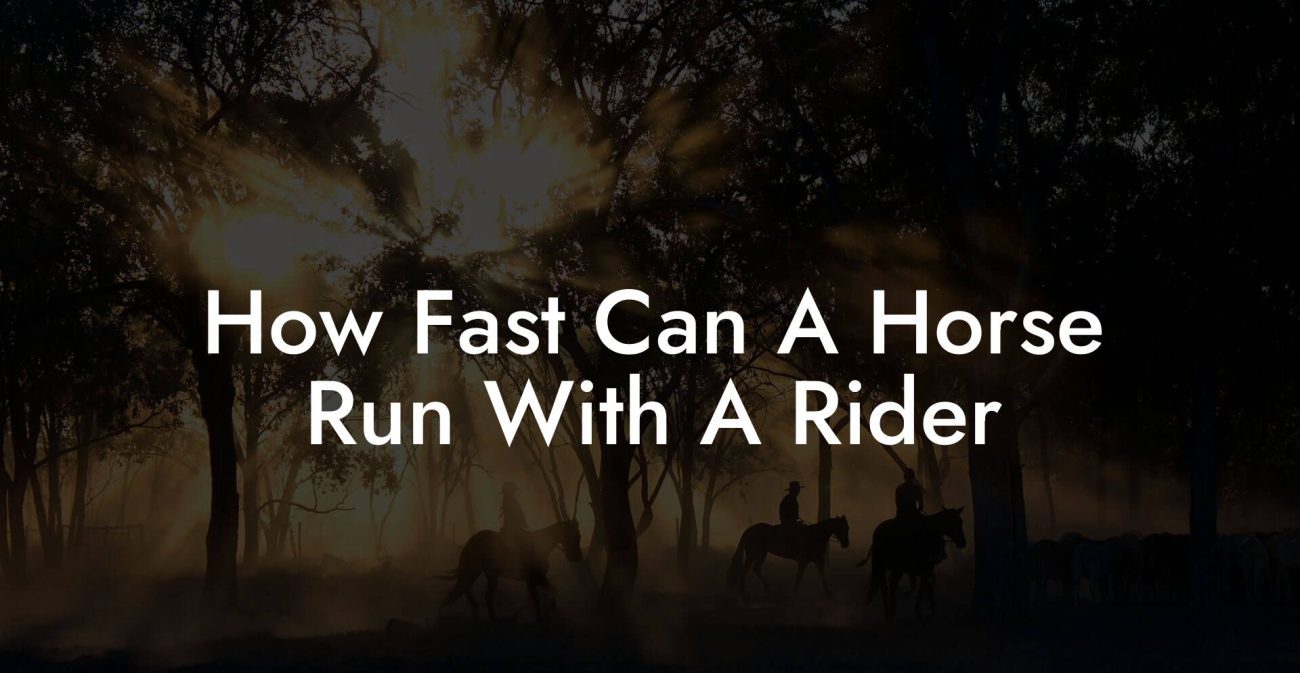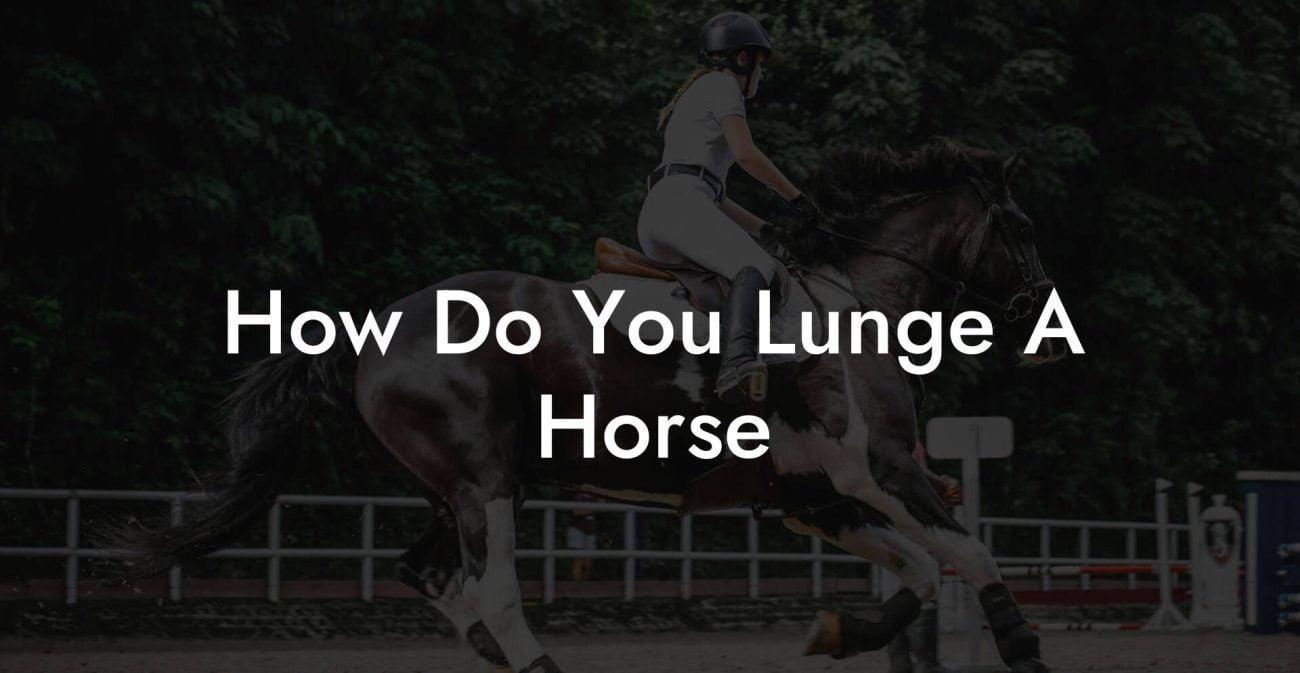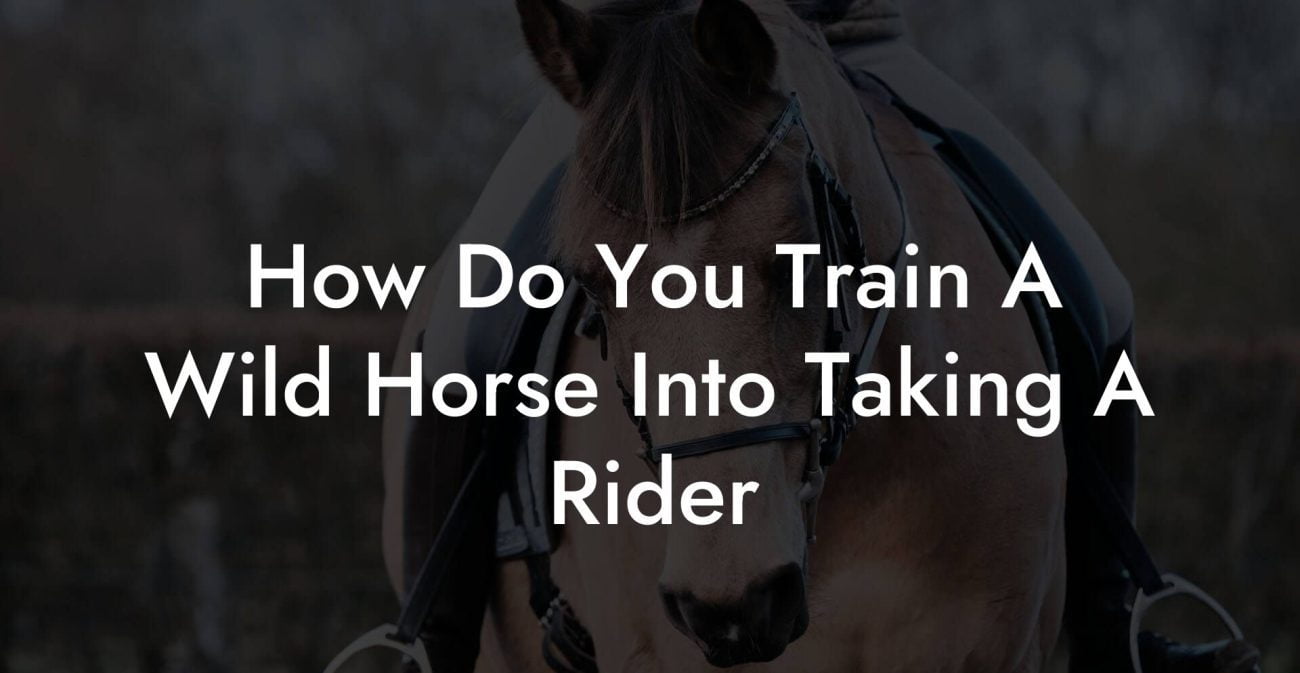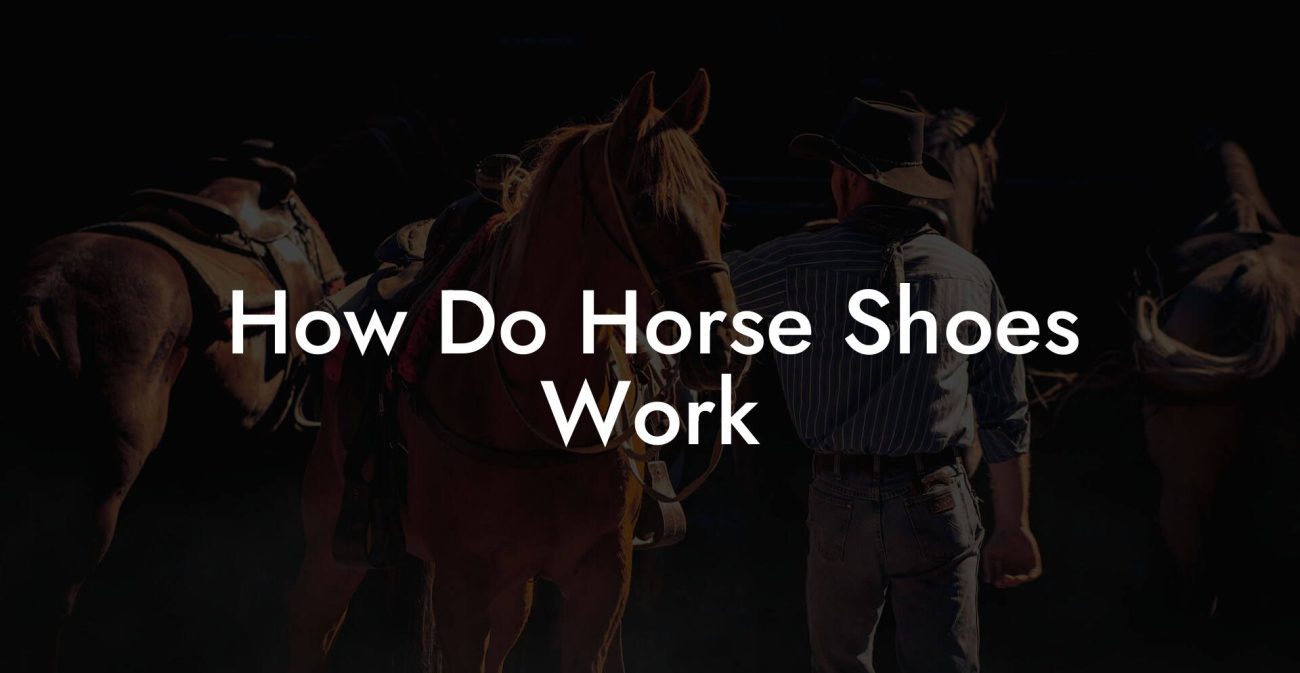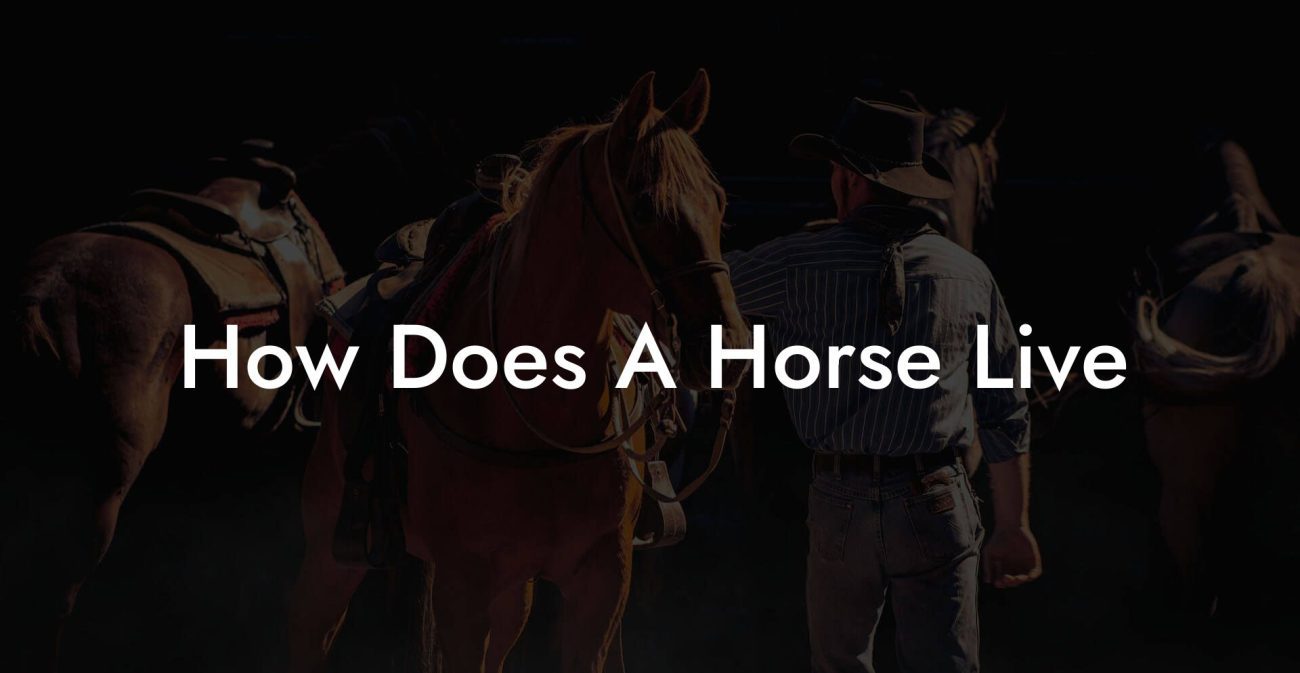Picture this: you're scrolling through your feed, vibing with your equestrian squad, when you stumble upon a debate, "What exactly is a hand when measuring a horse?" Sounds quirky, right? But this isn’t just an antiquated trivia question; it's a deep dive into an age-old measurement system that’s still galloping strong in the modern world of equine care. Get ready for a wild ride as we break down the basics, share some hilarious history, and show you how to measure your majestic steed like a total boss.
Quick Links to Useful Sections
- What Is a Hand? Breaking Down the Basics
- A Journey Through Time: The History Behind the Hand Measurement
- How to Measure a Horse Using Hands: A Step-by-Step Guide
- Step 1: Gather Your Tools
- Step 2: Find the Right Spot on Your Horse
- Step 3: Correct Positioning is Key
- Step 4: Take the Measurement
- Comparing 'Hands' with Other Measurement Units: Why the Hand Still Reigns Supreme
- Practical Tips for Measuring Your Horse Accurately
- 1. Keep Your Horse Calm and Still
- 2. Use a Flat Surface
- 3. Involve a Partner
- 4. Double-Check Your Measurements
- Understanding the Impact of Accurate Measurements on horse care and Training
- Innovative Tools and Apps: Merging Tradition with Technology
- Community Insights & Expert Opinions: What the Pros Say
- Resources and Community Support: Your Next Steps
- Bringing It All Together: Why the Hand Remains a Timeless Tool
- FAQs: Your Questions About Hands and Horse Measurement Answered
- Your Path Forward: Embracing a Traditions-Infused, Modern Approach to Equine Measurement
What Is a Hand? Breaking Down the Basics
A "hand" is a unit of measurement that equestrians have been using for centuries to gauge a horse's height. But don’t let the seemingly vague term fool you, this measurement has a serious pedigree. One hand is defined as exactly 4 inches. Whether you’re a Gen-Z equestrian enthusiast or a millennial riding into the sunset, understanding this measure can put you in the know when discussing everything from horse show classes to real-life stallion dimensions.
You might be wondering why we still use such an ancient unit in today’s digital age. Well, a hand isn't just a throwback measure; it's a quick and efficient way to compare horses without the hassle of calculators and conversion charts. Plus, it’s a term that connects horse lovers with a rich history and tradition that spans across cultures and generations.
In today's fast-paced world of standardized units and metric measurements, the hand stands as a charming reminder of a time when measurements were as much about culture as they were about practicality. So, next time someone asks, “How many hands is your horse?” you can confidently say, “Let’s measure up!”
A Journey Through Time: The History Behind the Hand Measurement
The story of the hand begins in antiquity. Believe it or not, before rulers, tape measures, or smartphone apps existed, people used their own hands as a convenient unit of measurement. From ancient Egyptians to medieval knights, the hand was the go-to method for sizing up horses, livestock, and even people.
Historians believe that the use of the hand as a measurement unit began because it was a naturally available tool, everyone has hands, and they were reasonably similar in size. Over time, the specific measurement of 4 inches became standardized, providing consistency in an otherwise subjective system.
Today, while you might not be using your palm to measure the latest smartphone, the hand remains firmly entrenched in the equestrian world. It's a nod to tradition, a cultural artifact, and a measurement that has endured the test of time. There’s a spark of romance in knowing that every time you talk about a "15.2-hand" horse, you’re referencing a system that has been passed down through countless generations of horse enthusiasts.
The persistence of this measurement is one of those beautiful intersections of practicality and historical legacy, a symbol that sometimes the old ways are best, even in a modern world obsessed with metrics!
How to Measure a Horse Using Hands: A Step-by-Step Guide
Now that we’ve established what a hand is and why it matters, let’s talk about the nitty-gritty: how to accurately measure a horse using this classical unit. While it might seem straightforward, there are a few tricks to ensure you get an accurate measurement every time.
Step 1: Gather Your Tools
All you need is a measuring stick or a soft measuring tape marked in inches, and a bit of patience. Although you could use an actual hand as a reference (we don’t recommend it unless you’re really into the vintage vibes), precise measurements call for proper instruments.
Step 2: Find the Right Spot on Your Horse
Horse height is measured at the withers, the highest point of the back, located between the shoulder blades. The withers are the equivalent of the crown of a head for horses, serving as the most accurate representation of their vertical height.
Step 3: Correct Positioning is Key
Ask a friend (or use your phone’s video mode if you're a one-person show) to help you get the perfect, straight-on shot of your horse standing squarely on a flat surface. Any tilt can throw off your measurement by a few inches, and trust us, accuracy is everything when you're talking hands.
Step 4: Take the Measurement
Place your measuring device next to the withers, ensuring that you start from the very ground up to the highest point of the withers. Record the measurement in inches, then divide the total by 4. For example, if your horse measures 60 inches tall, that’s 15 hands. A fraction like 15.2 hands means that there is an extra 0.2 x 4, or 0.8 inches added.
Remember, practice makes perfect. Don’t stress if your first measurement is slightly off; the more you do it, the more confident you’ll become. Soon, you’ll be measuring horses faster than you can say, “Hey, that pony’s got some serious height!”
And don’t forget, accuracy is not just about numbers. It’s about understanding your horse better. When you grasp how your steed’s height correlates with its body structure and overall performance, you can make better decisions when it comes to care, training, and even purchasing. Knowledge truly is horsepower!
Comparing 'Hands' with Other Measurement Units: Why the Hand Still Reigns Supreme
In a world dominated by centimeters and meters, the hand still hits the sweet spot for horse measurement for a reason: simplicity and tradition. While scientific pursuits might lean towards the metric system for precision, the equestrian world has a deep-rooted connection with the hand.
Some might argue, “Why not just switch to using centimeters like the rest of the world?” The answer is simple, the hand isn’t just a unit of measurement; it’s a piece of living history. It ties modern riders to their ancestors and adds a layer of character and charm to every horse discussion. Just imagine dropping the fact that your horse stands 16 hands tall at your next stable meetup, it’s an instant conversation starter!
Moreover, using hands simplifies comparisons between horses. Instead of dealing with large numbers (a horse might be 150 cm tall), converting to hands provides a more digestible number that’s easier to visualize and remember. It’s like the difference between trying to remember “63 inches” versus “15.75 hands”, the latter just sounds cooler.
In discussions about horse racing, show jumping, or even casual conversations at the barn, the hand remains the gold standard, no conversions, no fuss, just a straightforward and historically significant measure of a beloved animal’s stature.
Practical Tips for Measuring Your Horse Accurately
Even the most seasoned equestrians sometimes fumble their measurements. Here are some practical tips to ensure you always get it right:
1. Keep Your Horse Calm and Still
A jittery horse can easily distort measurements. Make sure your four-legged friend is comfortable, relaxed, and standing squarely on level ground. A little treat or some soothing words can go a long way.
2. Use a Flat Surface
Always measure on a flat, even surface. Sloped or uneven ground can mislead your measurements and give you a false reading. Think of it like taking a selfie, you want the best background possible to get a clear picture!
3. Involve a Partner
Teamwork makes the dream work. Having someone to help not only speeds up the process but also ensures you’re holding the measuring device at the right angle.
4. Double-Check Your Measurements
Accuracy is king in the equestrian world. Always take a second measurement, especially if your initial reading seems off. This way, you can be sure your data isn’t skewed by a moment of horse-induced chaos.
With these tips in mind, you’ll soon be known as the go-to measurement guru at every barn, impressing your buddies with your precision and knowledge.
Understanding the Impact of Accurate Measurements on horse care and Training
Beyond the fun of knowing how your horse stacks up in hands, accurate measurements play a critical role in overall horse care and training. Height measurements are more than just numbers, they offer insights into a horse’s breed, build, and performance potential.
For instance, different breeds come with different height standards. A Thoroughbred’s elegance, a Clydesdale’s stature, or an Arabian’s poise, each has a unique measurement range that informs their training, feeding, and even the tack that suits them best. By knowing your horse’s hands measurement, you’re not just being precise; you’re tailoring your care strategies to fit your horse’s specific needs.
Accurate height data can also influence decisions around footwear, saddle size, and even the design of stable accommodations. It’s like having the ultimate cheat sheet for optimizing your horse’s health and performance. When you consider these factors, it’s clear that measurement isn’t just academic, it's a foundational aspect of proper equine management.
Moreover, for competitive riders and trainers, precise measurements can provide a competitive edge. Whether it’s determining class eligibility in shows or understanding the biomechanics of your ride, knowledge of your horse’s height in hands is a cornerstone of informed decision-making.
Innovative Tools and Apps: Merging Tradition with Technology
You might be thinking, “If I've got my measuring tape, why should I bother with apps?” The truth is, technology is here to enhance even our oldest traditions. Today’s digital age brings you innovative tools designed to take the guesswork out of measuring horses.
There are smartphone apps that help you calculate (yes, even if you’re not a math whiz) by simply inputting inches to convert to hands. Some of these apps even leverage augmented reality to overlay measurements on a live shot of your horse. Imagine pointing your phone at your pony and watching as the app seamlessly displays “16.3 hands”, it’s like having a mini vet in your pocket!
These modern tools are perfect for busy riders and tech-savvy enthusiasts. They combine the practicality of a measuring tape with digital accuracy, ensuring that you not only stay true to tradition but also benefit from today’s technological advancements. Plus, using these apps can spark fun social media posts, share your measurement with the world and see how your pal’s horse compares!
Embracing technology in equine care doesn’t mean abandoning tradition; it means enhancing it. Whether you’re at a horse show, competing in a riding class, or simply documenting your horse’s growth, these innovative tools help bridge the gap between age-old methods and the digital era.
Community Insights & Expert Opinions: What the Pros Say
Don’t just take our word for it, the equestrian community is buzzing with opinions on why accurate measurement matters. We reached out to trainers, veterinarians, and even a few amateur horse enthusiasts to get their take on the subject.
“Measuring my horse in hands isn’t just about a number, it’s about understanding the animal as a whole,” says Jenna, a renowned trainer with a knack for blending modern training methods with traditional practices. She emphasizes that knowing the exact height of a horse helps tailor everything from exercise regimens to grooming practices.
Veteran vet Dr. Ramirez adds, “Inaccurate measurements can lead to miscommunications when ordering tack or medication dosages. It’s not just a number on paper, it informs every aspect of equine care and welfare.”
Even newer riders and enthusiasts have their two cents. “It’s fun and quirky when someone asks you, ‘How many hands is that horse?’ It’s like being part of a secret club with a language all our own,” laughs Tyler, a college student who recently joined his local riding club.
These insights highlight a crucial point: whether you’re a seasoned pro or a newbie just starting your equestrian journey, understanding and accurately measuring your horse in hands is integral to effective communication and care within the community.
Resources and Community Support: Your Next Steps
Ready to dive deeper into the world of hands and horse measurement? Whether you’re looking for tailored advice, advanced tools, or simply a community of like-minded equine enthusiasts, there are tons of resources out there to support you.
Begin by exploring equestrian clubs and online forums where passionate riders share experiences on measurement techniques and horse care tips. Websites like TheHorse.com, Equine World UK, and Horse & Rider magazine offer a treasure trove of articles, videos, and expert interviews that demystify the hand measurement process.
For those who crave a more hands-on approach (pun totally intended), many local riding schools and stables offer measurement clinics. These sessions are great opportunities to get personalized advice, see measurements demonstrated live, and even network with industry professionals.
If you’re a tech enthusiast eager to blend tradition with innovation, give modern mobile apps and digital measurement tools a whirl. They’re not only super handy but also offer integration with social media and fitness trackers, keeping you connected and informed.
And finally, remember that education and community go hand in hand. By joining local horse associations or online groups, you can share your measurement milestones, ask questions, and celebrate your journey with fellow riders. In a world where every horse has its own personality and story, you’re never alone on your measure-up adventure.
Bringing It All Together: Why the Hand Remains a Timeless Tool
The hand is much more than just a unit of measurement. It’s a symbol of legacy, a testament to the enduring bond between humans and horses that dates back centuries. In every precise conversion from inches to hands, there’s a story of rural ingenuity, ancient wisdom, and a continuing passion for equine care.
Whether you’re meticulously planning your horse’s diet, training regimen, or simply bragging about your stallion’s impressive height on social media, that innocuous little unit of “hand” ties it all together. It’s a conversation starter, an emblem of tradition, and a practical tool that has adapted seamlessly to modern times.
Embracing the hand means honoring the past while confidently stepping into the future of equine care. Each measurement is more than just a number, it’s a reflection of the time, precision, and love that goes into every step of caring for a horse. So, the next time you find yourself in a spirited debate about whether your pony is 15.2 or 16 hands tall, know that you’re part of a broader narrative that spans generations.
As you continue to care for, train, and celebrate your equine companion, let this timeless measurement remind you that every detail matters. In a world of ever-evolving trends and digital advancements, some traditions, like the hand, are too legendary to let fade away.
FAQs: Your Questions About Hands and Horse Measurement Answered
Got questions swirling in your mind like a dust cloud on a country road? We’ve got you covered with some of the most frequently asked questions on the topic.
1. What exactly is a hand?
A hand is a unit of measurement equal to 4 inches, traditionally used to measure the height of a horse at the withers. It’s a standardized measurement that has been in use for centuries.
2. How do I measure a horse in hands?
Measure from the ground to the highest point of the horse's withers using a measuring tape or stick, then divide the total inches by 4. That gives you the height in hands.
3. Why do equestrians still use hands instead of the metric system?
The hand is steeped in tradition and provides a simple, universally understood measure among horse enthusiasts. It also connects modern riders to historical practices.
4. Can I use my own hand to measure my horse?
While it’s possible to use your hand as a rough guide, for accuracy it’s recommended to use a calibrated measuring tape or a proper measurement stick.
5. How accurate is the hand measurement system?
When done correctly, measuring at the withers on a flat surface, the hand measurement is quite accurate and has been the industry standard for decades.
6. Are there any digital tools to help measure my horse?
Yes! There are several smartphone apps and digital tools that allow you to measure your horse’s height accurately, sometimes even using augmented reality technology.
7. Is there a difference between using hands and inches?
Not in terms of physical measurement; it’s simply a conversion. One hand equals 4 inches, so whether you say your horse is 16 hands or 64 inches tall, you’re describing the same measurement.
8. Why is it important to measure my horse accurately?
Accurate measurements ensure you provide proper care, select the right tack, and make informed decisions in training and competitive settings. It’s a critical factor in a horse’s overall management.
9. Can a horse’s height affect its training and care?
Absolutely. A horse's height can influence everything from the size of its equipment to its performance in various equestrian disciplines. Knowing the correct height is essential for tailored care and effective training.
10. How do traditional measurements like the hand remain relevant in modern equine care?
Because they represent a blend of tradition and practicality, traditional measurements like the hand are simple, reliable, and widely understood in the equestrian community, regardless of technological advancements.
Your Path Forward: Embracing a Traditions-Infused, Modern Approach to Equine Measurement
Embracing the hand as a measurement for your horse is more than just clinging to tradition, it's a gateway to a deeper, richer appreciation of your equine companion. Each time you measure your horse, you’re connecting with a legacy that spans centuries and cultures. This isn’t about being stuck in the past; it’s about harnessing the reliability of a time-tested tradition while simultaneously embracing modern tools and techniques.
For the next steps on your equestrian journey, consider integrating this knowledge into your daily care routine. Pay attention to how your horse’s measured height correlates with its overall performance, growth, and even personality quirks. Share your experiences on social media, join online groups, and never hesitate to ask questions from seasoned professionals. The more you know about your horse, the better decisions you can make about diet, training, and overall well-being.
Whether you're a budding equestrian influencer or just someone who loves horses and all things cool, understanding and utilizing the hand measurement can streamline your conversations, boost your confidence at the barn, and even help you select the best gear for your horse. It empowers you with a piece of equestrian lore that is both practical and emblematic of a longstanding tradition.
So, saddle up and celebrate your horse’s unique attributes the next time you’re near the stable. With every precise measurement, you’re not just tracking inches, you’re chronicling a story of heritage, care, and passion that defines the equestrian lifestyle. Embrace this blend of tradition and modernity and let it elevate your horse care journey to newfound heights. Your hands-on approach (pun fully intended) will ripple outwards, influencing fellow riders and shaping a community that values both history and high-tech innovation.

